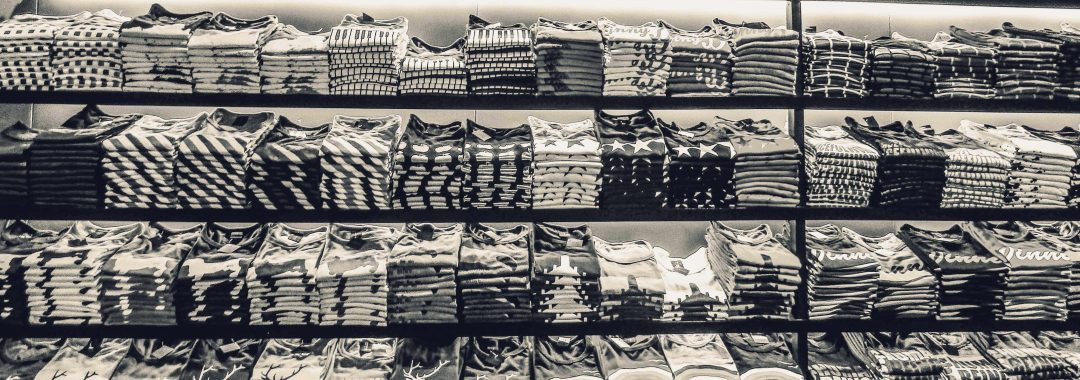The Key Features Your Fashion ERP System Must Have
As we know, the fashion industry is one of the most dynamic and complex industries. The supply chain involves a lot of different agents and parties, the demand has a high degree of uncertainty, and the product life cycle is short. To manage an organization in this industry requires solid, stable, and dynamic information management. This can all be achieved by utilizing a fashion ERP system. But with so many different options around it can be difficult to know which fashion ERP system to use.
Here’s a few features the fashion ERP system you use must have:
Manufacturing module
A key requirement in the fashion industry, from pattern design to production, your ERP fashion system should support and facilitate the process. The system should allow things such as configurable style numbering, maintaining a pattern inventory, managing style releases and revisions. Organization members such as planners, designers, and manufacturers should be able to attach design files or specification sheets to specific products or projects. A user should always be able to know which version of which product they are working on.
Planning and forecasting
In the fashion industry, forecasting is one of the hardest information-related tasks, yet it’s one of the most important ones. Your erp system of choice should maximize forecasting accuracy. It should also have an extensive material resource planning module, that logs every planned purchase and offers suggestions based on the organization’s specific history and parameters.
Analytics
Linked to the previous point, a quality fashion erp software should offer embedded analytics, allowing for things such as a detailed comparison between the season’s forecasts and the actual results, or a log of a product’s monthly sales. Not only should the software store this information, it should also be capable of visualizing it in an effective and readable manner. With this, all interested parties, such as managers or planners, are able to efficiently draw actionable conclusions that will improve the company’s performance.
Remote and Mobile Accessibility
The fashion ERP system you choose must adapt to today’s remote working culture. With the increasing importance of having data in hand anytime and anywhere, users should be able to access and share information from remote locations. Users should also be able to comfortably review information through their cell phone or tablet, which is more likely to be their main source of information, especially for executives looking to save time. This ensures that anyone can have access to the information they need, regardless of their location and device.
Flexibility and Scalability
Your ERP fashion system should be flexible enough so that the organization can evolve and change its functionality freely without being chained by the software.
Aside from this flexibility, your solution should be scalable. One of the worst things that can happen is a system that limits your business’ growth. A perfect fashion ERP system will not only adapt to your business’ specific needs, but will also be able to follow and accompany your company’s expansion as you conquer your organizational objectives.
When searching for the perfect ERP software, make sure you pay special attention to these factors. This is not a choice you can take lightly, since your ERP software will play a vital role in your business’ success and growth.
Choose only after careful consideration of all the options and their different capabilities.

